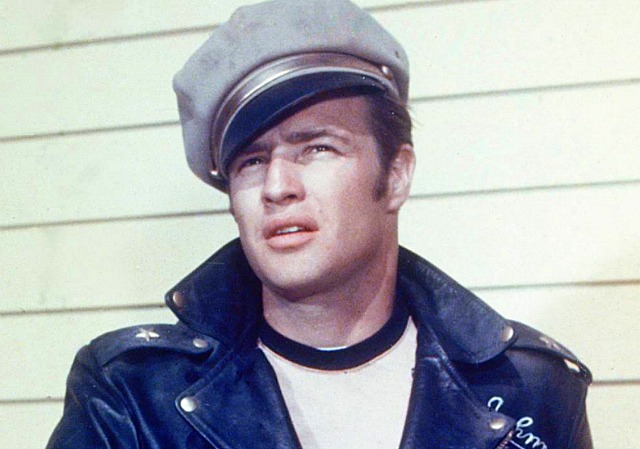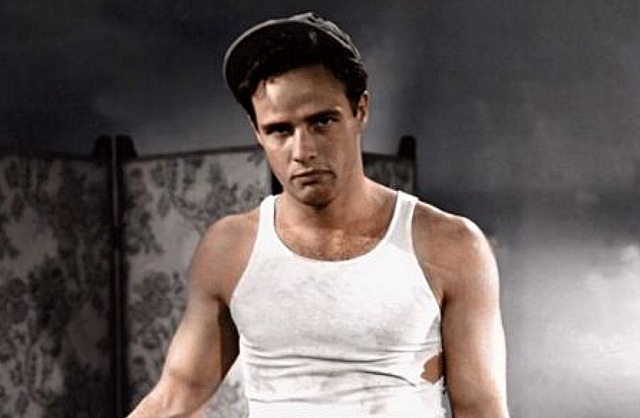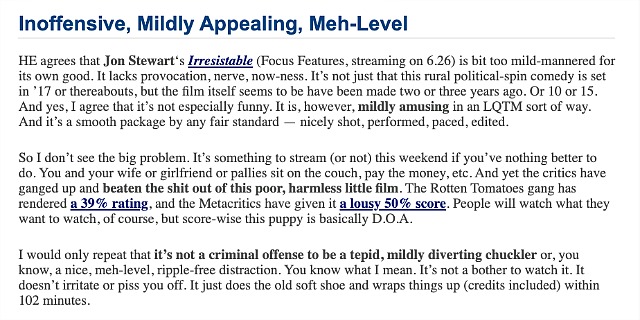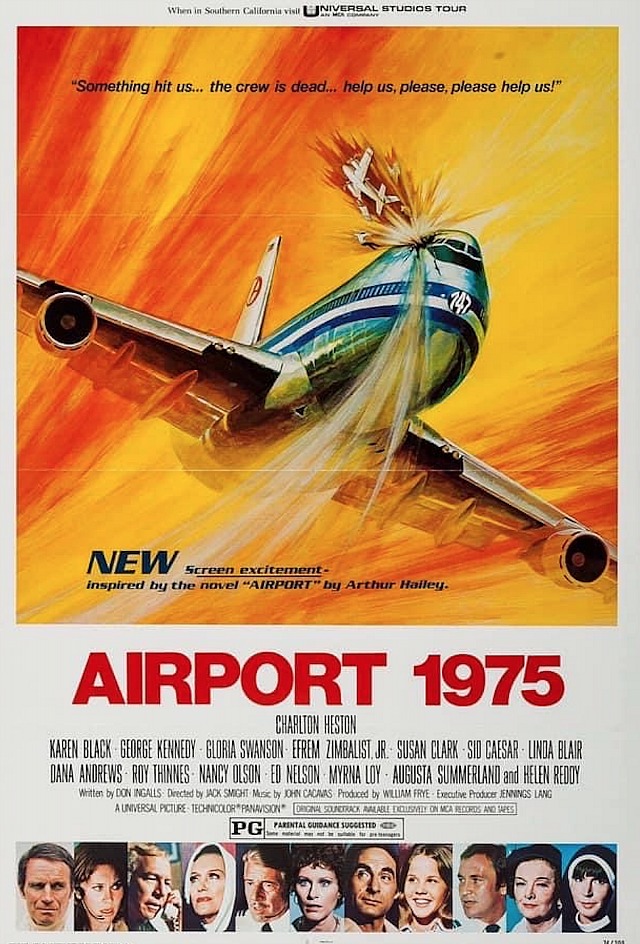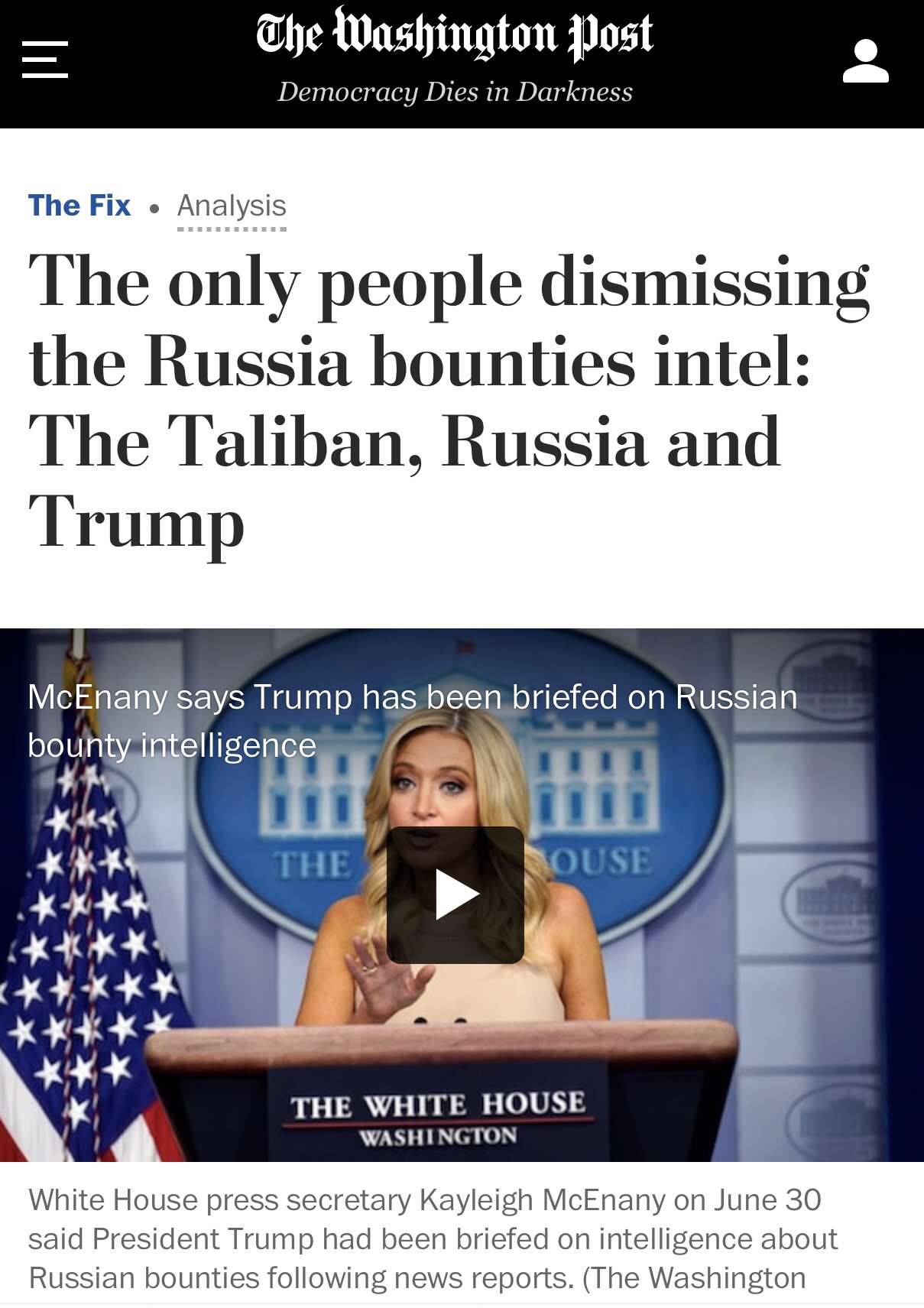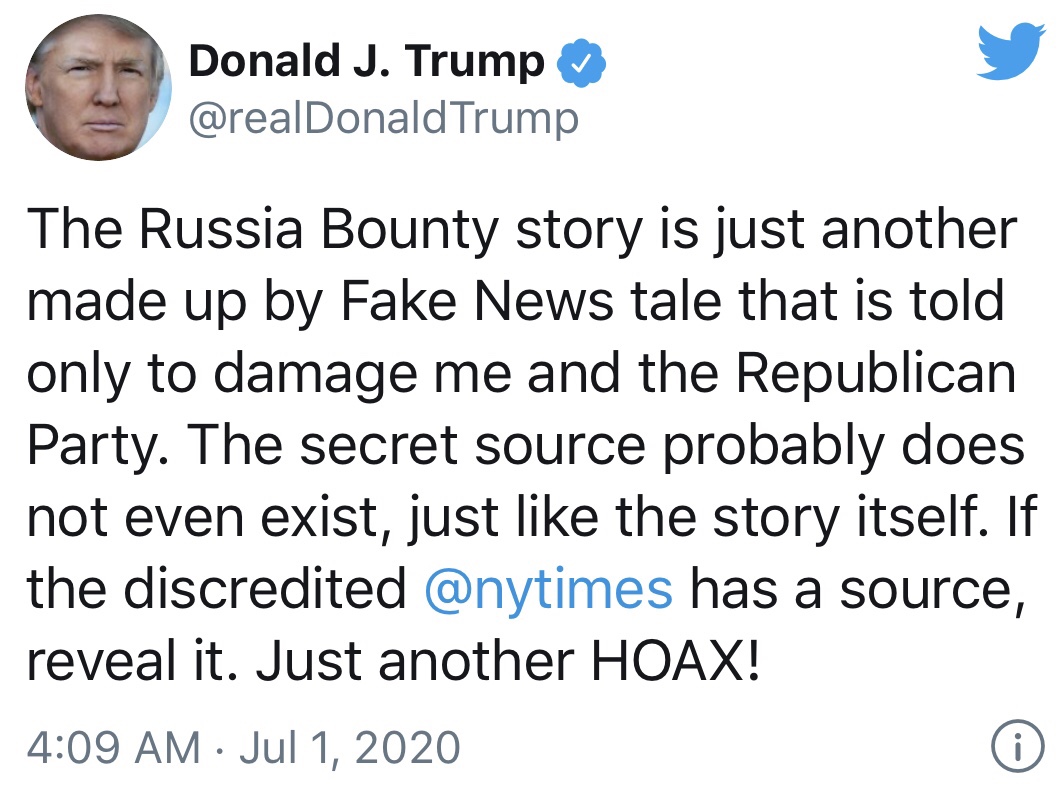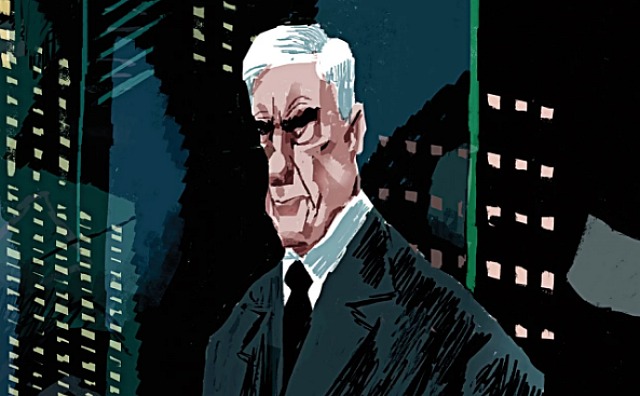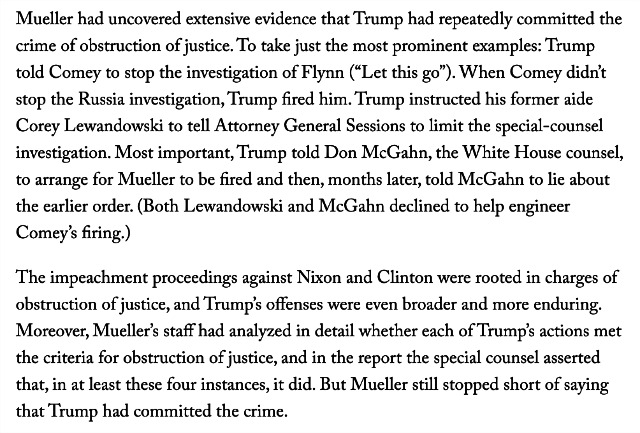On the 16th anniversary of the passing of Marlon Brando, here’s a riff that I posted on 2.25.05: “You never cared about this stuff, and you really couldn’t care less from wherever you might be now, but I’m profoundly pissed that the Oscar show producers (Gil Cates and Lou Horvitz) didn’t give you a special tribute reel of your own last night.
“Pissed and ashamed and a little bit disgusted, to be honest.
“There’s no question you were the most influential actor of the 20th Century. No one had the same impact-grenade effect…nobody. You’ve been among the deity of reigning pop icons for as long as I can remember (along with Humphrey Bogart, Elvis Presley, James Dean, Marilyn Monroe, et. al.), and you’ll still be there 50 years from now. You rewrote the damn book.
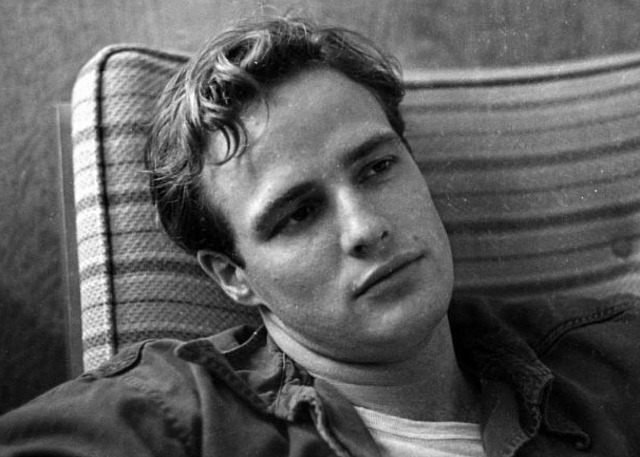
Marlon Brando / 1924-2004
“But you were a bad (indifferent?) politician and a bit of a self-loather, and you let your unresolved, screwed-up stuff define too much of your life and image over the last 40-plus years.
“On the other hand Johnny Carson, whose departure happened just recently, was better liked by the industry and public, and he was a sublime Oscar host all those years. And so the Oscar guys decided to pay a special extended tribute to Carson and not you. They took, in short, the politically easy road and revealed their personal colors, not to mention the industry’s basic value system.
“Cates and Horvitz lumped the great Marlon Brando in with all the other dear and departed during last night’s ‘In Memoriam’ tribute…all right, they gave you the last slot at the end of the montage and used four stills instead of one or two…but it was still like someone saying matter-of-factly, minus any sense of sufficient sadness or reverence, that Marlon Brando is merely dead.
“The Brando tribute reel that Cates and Horvitz didn’t show (and probably never even cut together) should have proclaimed — trumpeted — that Marlon Brando lived. He lived and screamed and wept and re-ordered the universe as people knew it in 1947 in New York City, and then rocked Hollywood in the early to mid ’50s, and left them both in a state of permanent shakedown and reexamination by the time of his effective departure from creative myth-making in 1954 or ’55….and then shook things up again when he briefly re-emerged as The Man in the early ’70s (The Godfather, Last Tango in Paris).
“And all the Academy could muster was a more-or-less rote acknowledgement that you left the room in 7.1.04. Sorry, Bud, but you knew a long time ago what this town is basically about.”
